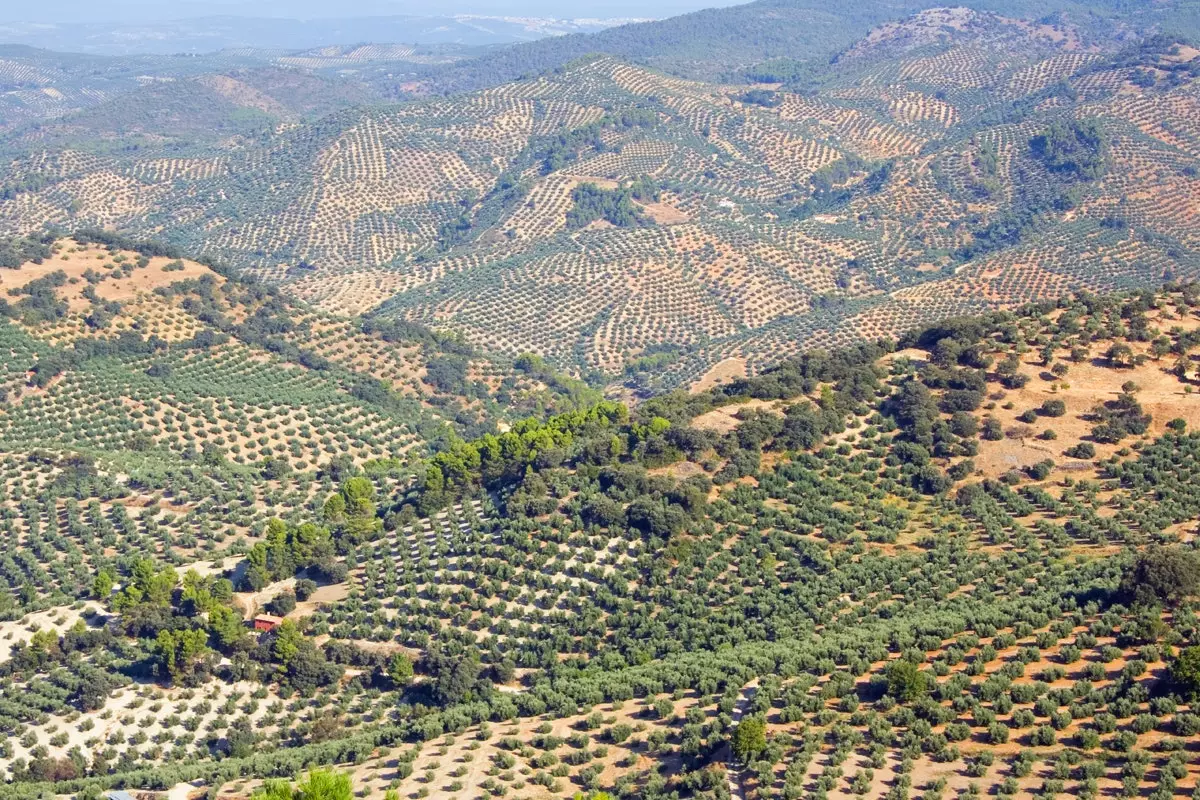
Jaen, cradle of olive trees and oil tourism
If we talk about olive oil , inevitably we have to transport ourselves to Jaén. This Andalusian province has more than 60 million olive trees. A figure that you won't need to write down, any Jaen native will repeat it to you several times during the trip. Its extensive fields of olive groves, which they call "sea", are also responsible for making Jaén the largest producer of oil not only in Spain, but in the entire world.
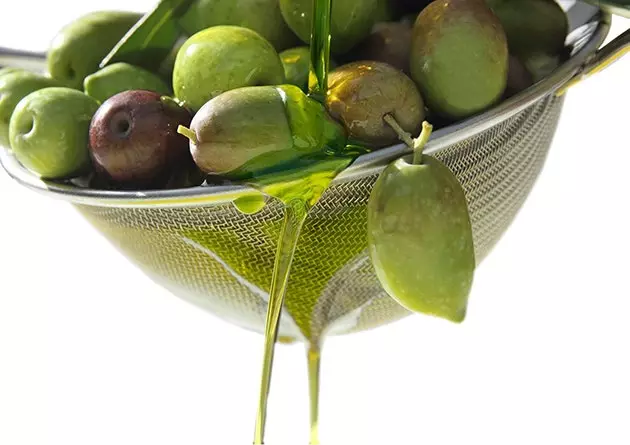
The best oil in the world: D.O. Cordoba
THE OLIVE TREE ROUTE
The olive tree route takes us into this Intangible Heritage of Humanity and brings us closer to the traditions of Jaen and its main economic livelihood through a tour of its popular Vía Verde del Aceite. Created on an old railway line, this route allows you to discover its cultural heritage, the farmhouses and the oil mills of the region (**the place capable of turning olives into liquid gold)**, without forgetting its Museum of the Culture of the Olivo, where the popular Oil Cathedral , the beginning of our route.
Located inside the old hacienda of The lagoon , from the 17th century, this museum is the largest center on olive oil in Spain . Its main attraction is its yard , where you can see and touch the different types of Mediterranean olive trees. Although we think we know about the oil (just because we distinguish the red, green or yellow colors of its caps in the supermarket), the reality is that we have no idea. In Spain there are more than 30 varieties of olives , although 50% of the country's olive grove is picual. This is the most widespread olive in Jaén, so it will be the one you try in most of the tastings. Its main characteristic is that it has quite a bit of body, is somewhat bitter and leaves a spicy aftertaste.
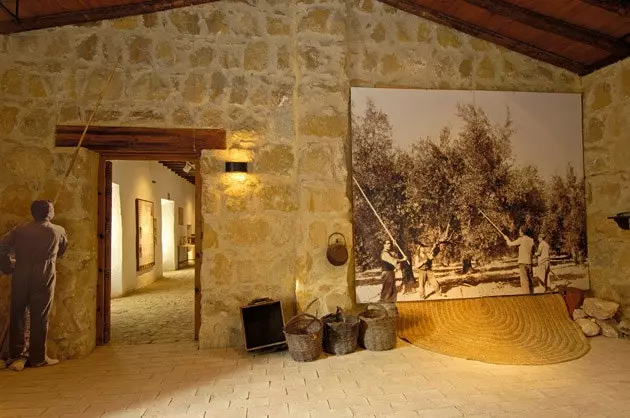
Olive Culture Museum
let's go back to the Oil Cathedral , the cellar where this liquid gold is stored and where you can learn more about the difference between the a virgin olive oil and extra virgin olive oil , which has to do with its filtering and elaboration process. maybe this is for note although the best way to enter this world and begin to savor it will be through a tasting that, unlike the oenological ones, will not take its toll on us the next day.
Total, Jaén has more than 350 traditional factories , many of them open to the public where they offer tastings of their products. One of the best known is ** Oro Bailén ** which, in addition to its many awards and recognitions, is the one that supplies the oil to the Royal House . This company of Galvez-González family it is also one of the largest. The olives grow in the foothills of Sierra Morena , very close to where they have their factory and store. A recommendation: its oil caviar , little balls that melt in the mouth and are perfect to accompany any dish. Also their jams , the delicacy of Jaén breakfasts.
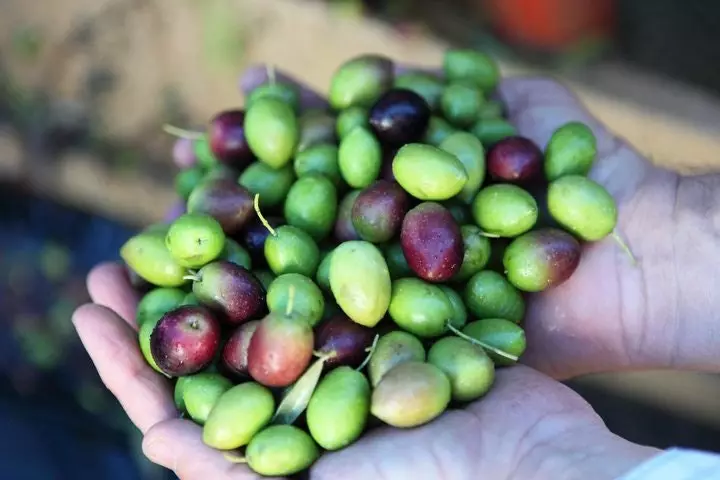
The origin of everything
To learn about the traditional way of harvesting olives, you will have to go to San Francisco Olive Oil , where they offer the opportunity to make olive growers for a day . In it you learn to shake , which is how the olives were collected from the olive groves in the past, whipping them so that they fell on a huge blanket that they would later remove to the truck. Today, this process has been modernized and, in many cases, it is carried out with machines that exert vibrations on the trees.
Other factories also mentioned are the Andalusian cooperative Sierra de Génave, a pioneer in the manufacture of organic oil; wave of Our Lady of Remedies , where the award-winning EVOO Oro de Cánava is made. Although many more can be covered, everything will depend on the time we have and the area that one wants to cover. In all of them we will learn that, as happens with wine, the taste of the oil will vary depending on the olive used and its production process.
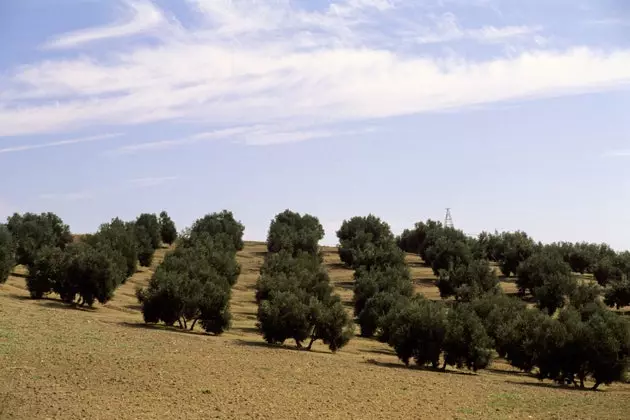
Field of olive trees in Sierra Morena
THE GREEN WAY OF OIL
Surrounded by seas of olive trees, This 120 kilometer route is possibly one of the most peculiar in the country. And it is that one could start counting olive groves and never finish until reaching 60 million. Its main attraction is that a good part of it is created on the old tracks of the railway line. Jaen-Campo Real, abandoned after the civil war and that, years later, was recovered and enabled as a trail.
The route begins in the city of Jaén and ends in Genil Bridge, at the Campo Real station. The route, frequented by pedestrians, cyclists and people with reduced mobility, passes through tunnels, metal walkways, viaducts, streams and several bridges of different architectural styles. It also contains part of Jaén's heritage, such as the Alcaudete Castle, the Zuheros bat cave or the Los Torreones Archaeological Park . In addition, along the way there is the opportunity to stop at its farmhouses and taste the gastronomy of Jaén made with the best extra virgin olive oil in the area. Warning: here you eat a lot and very well. We have also come to that, right? Then it will only be enough to return to the path to avoid bringing a few extra kilos.
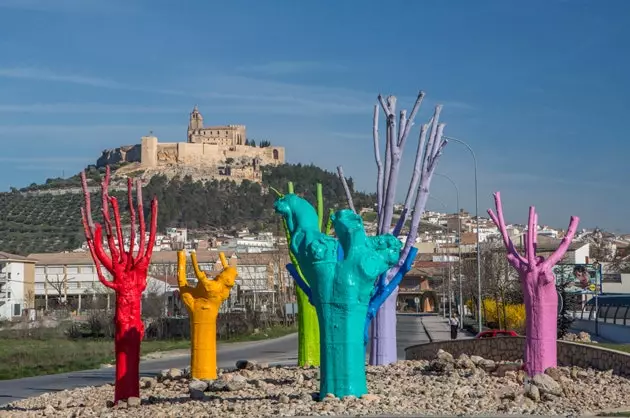
Alcaudete Castle
OLIVE THERAPY
In Jaén, olive oil is not only on the plate. Its abundance and its properties have made it also present in numerous beauty products, for its moisturizing and antioxidant power . In many of the stores we can see cosmetics made with olives from the area, creams, treatments and now also spas.
Most of these beauty and health experiences included in oil tourism have to do with facial and body massages with olive oil ; thermal baths and skin exfoliation. Some of the Jaén centers included in the route are the San Andrés spa, Canena; the Hotel Óleo Salud Spa, in the Sierra de Cazorla; or the hotel spa of the Mengíbar Palace.
And it is that if Jaén has been one of the great unknowns of our country - let's do the test, what do you really know about it? - This year, thanks to its oil route and its castles, it seems to have become fashionable. In fact, not only from its olive trees does this Andalusian province live, did you know that it is also the region of Spain with the most strengths?
